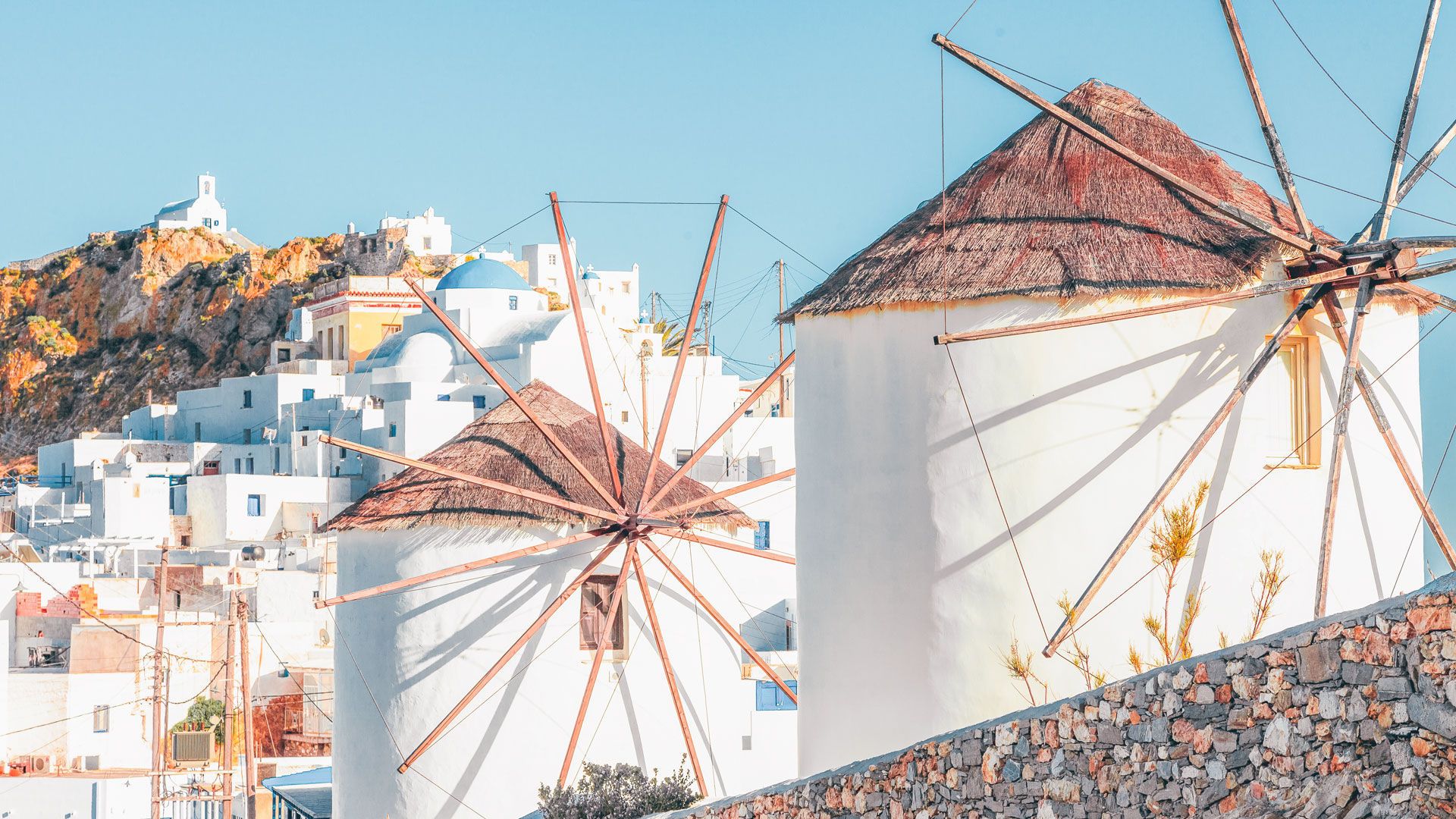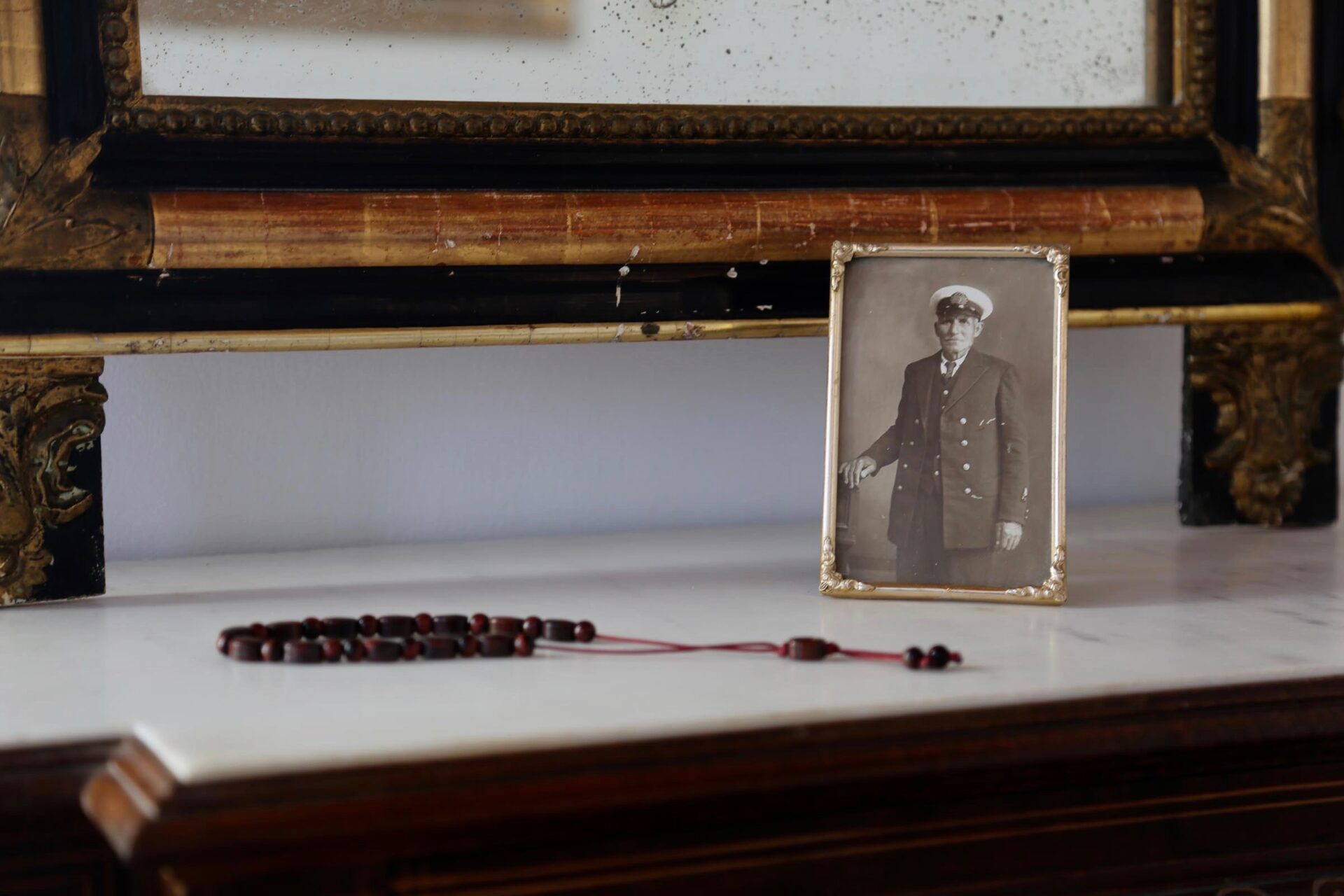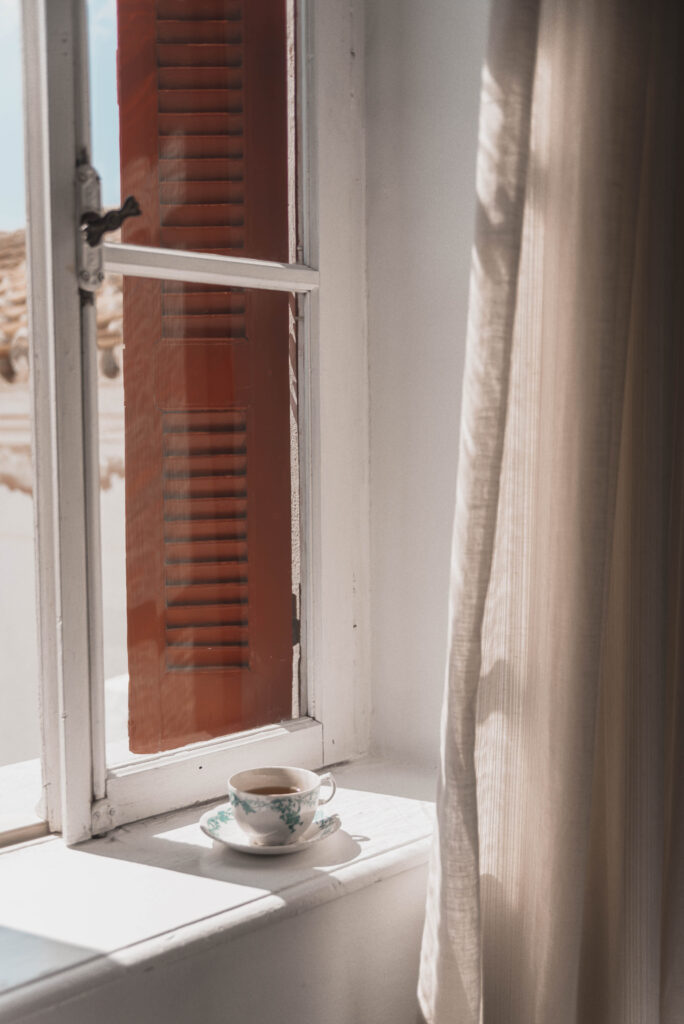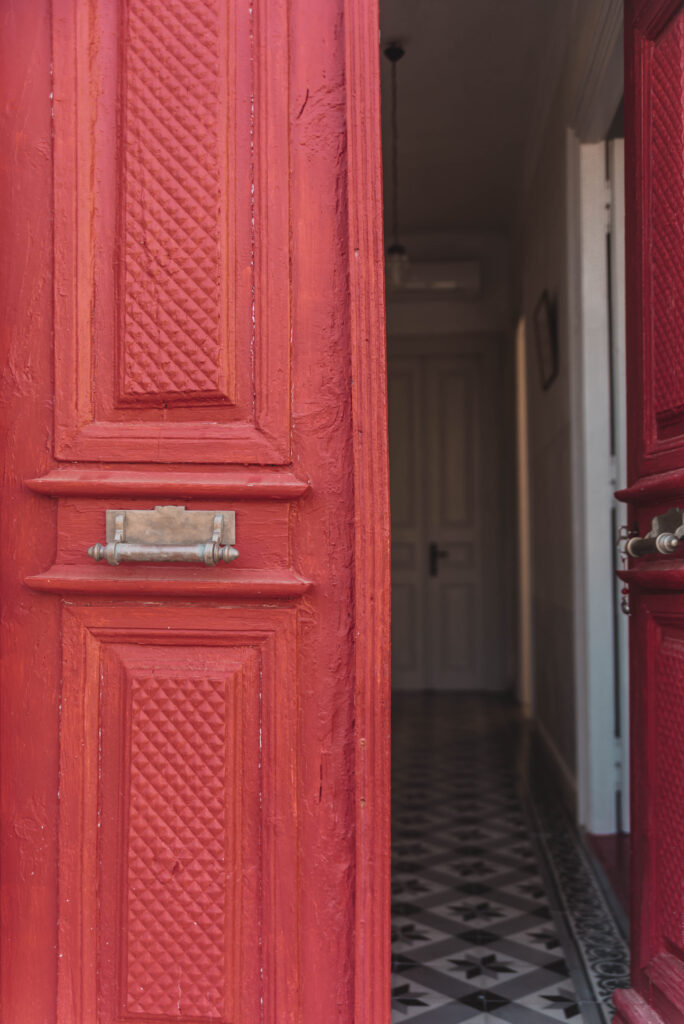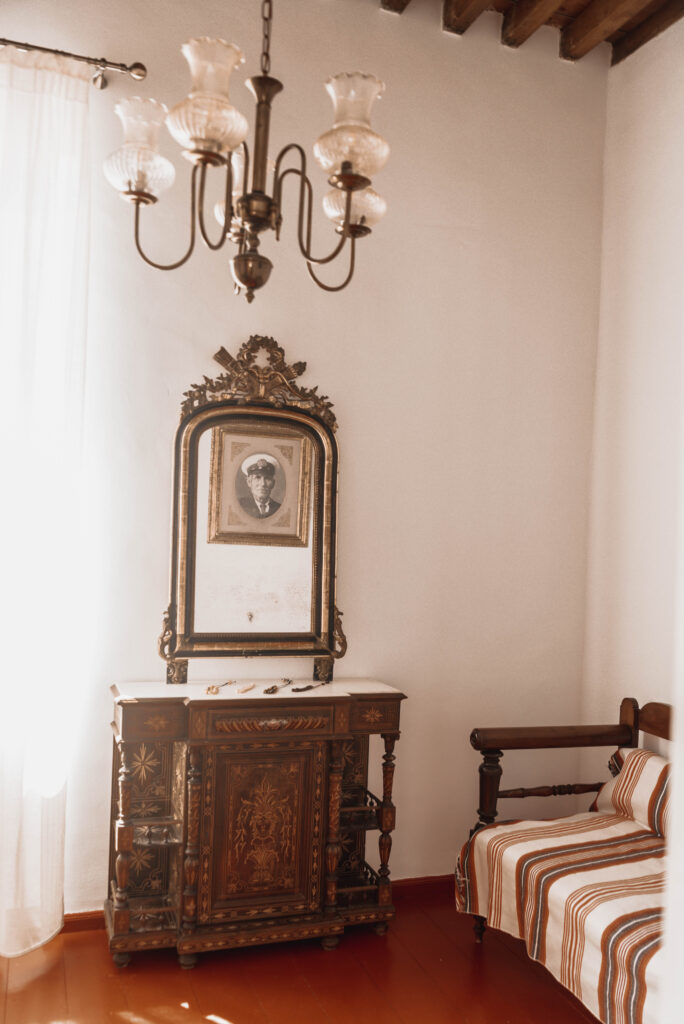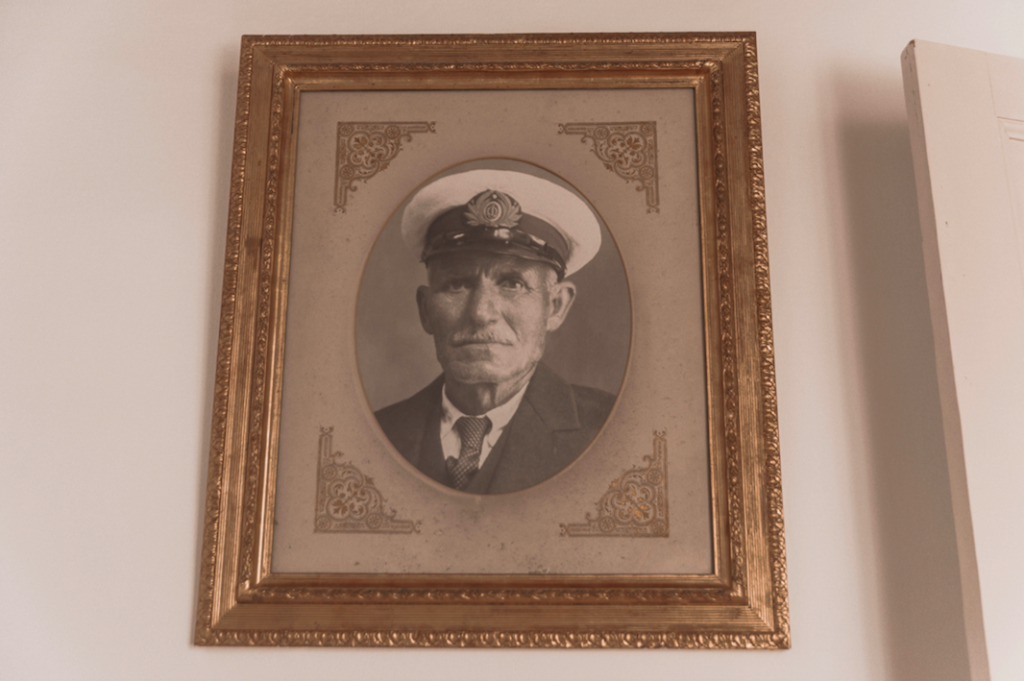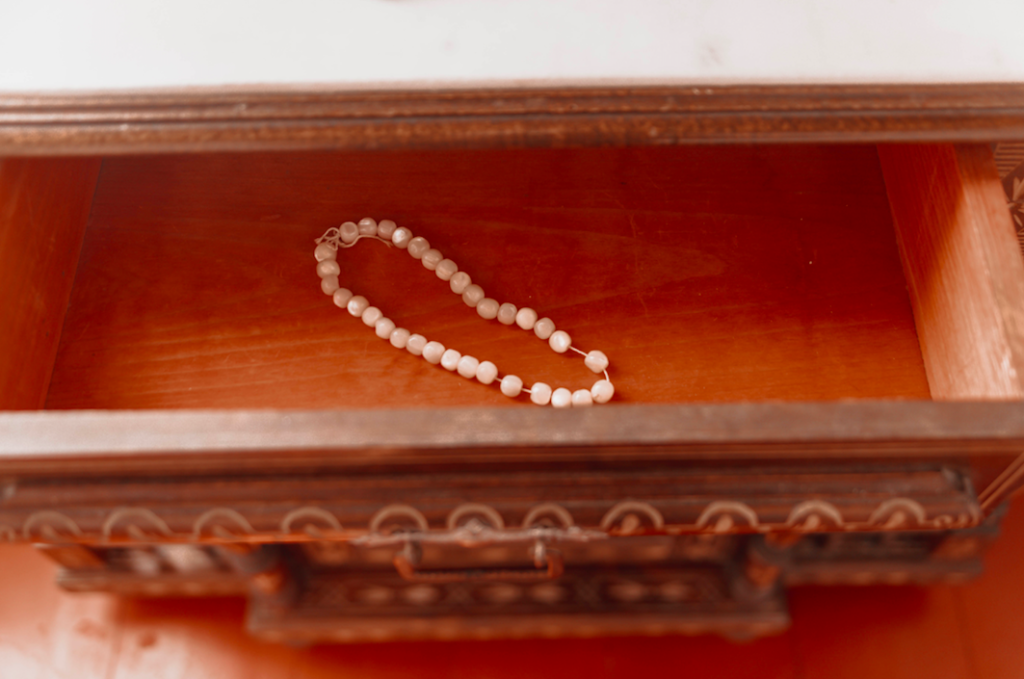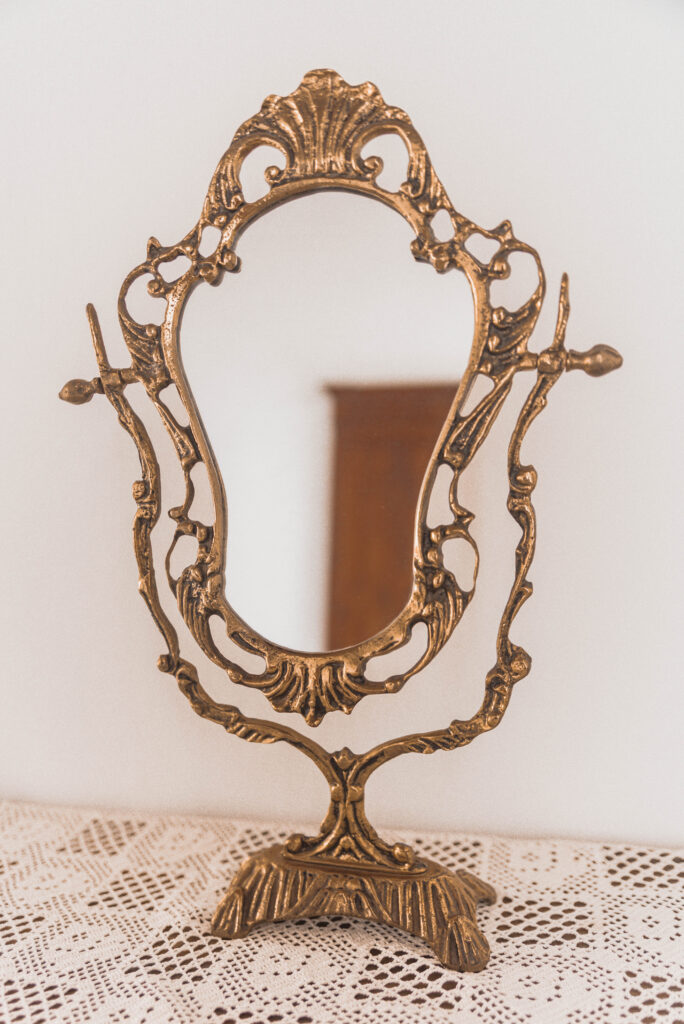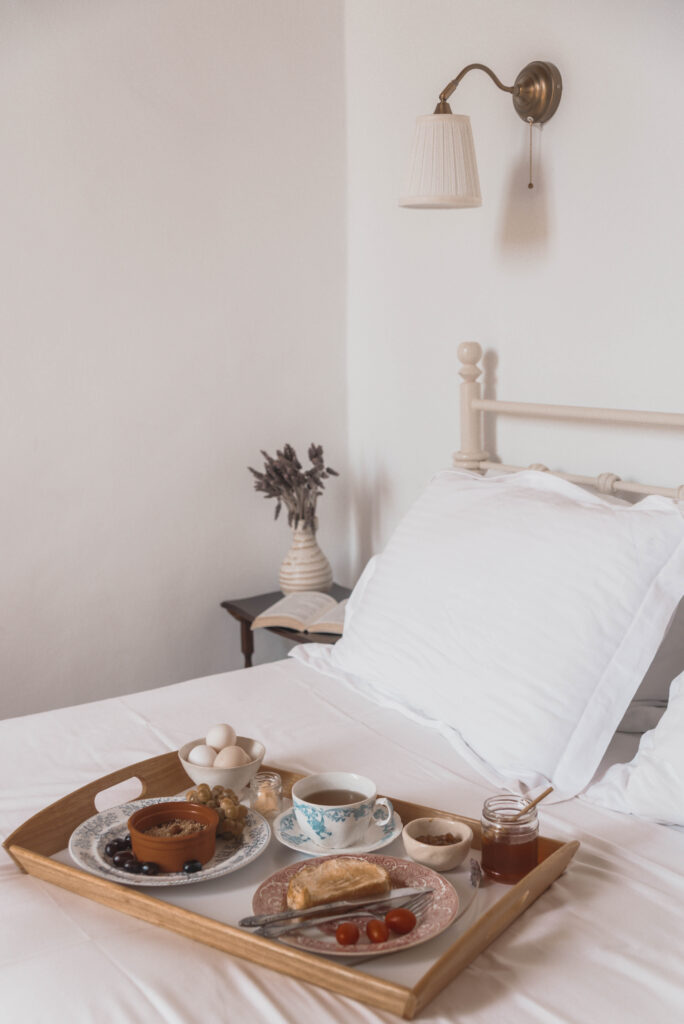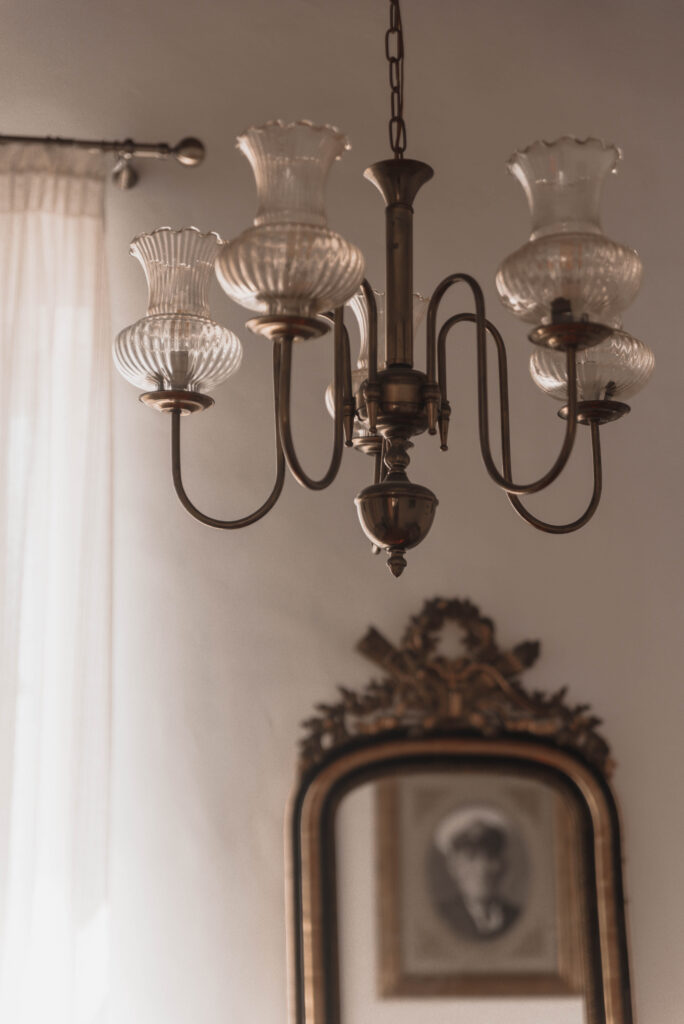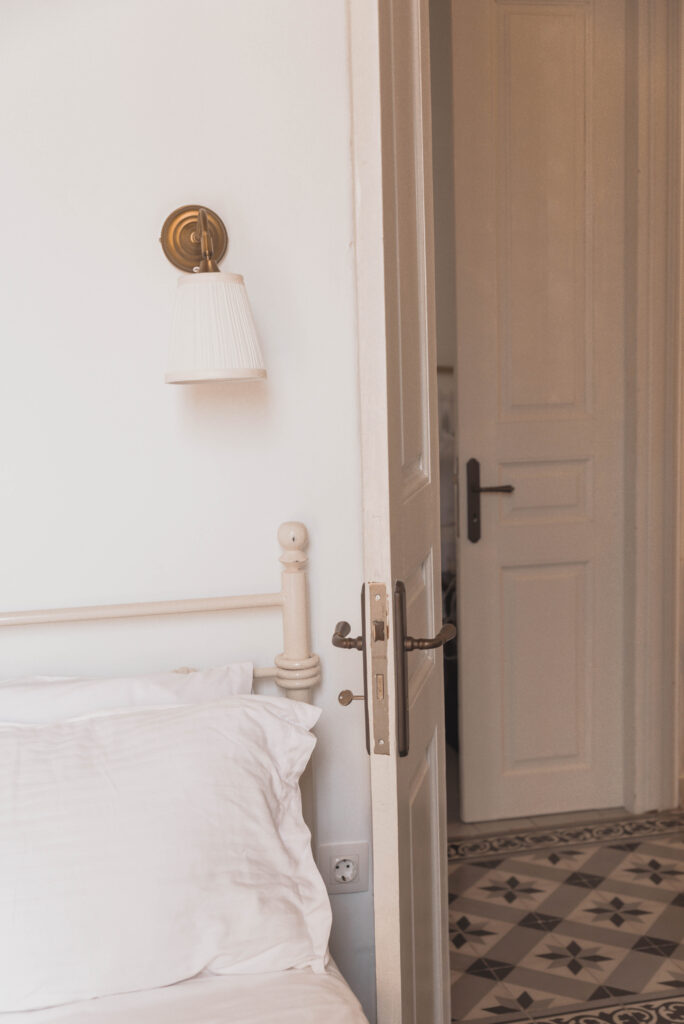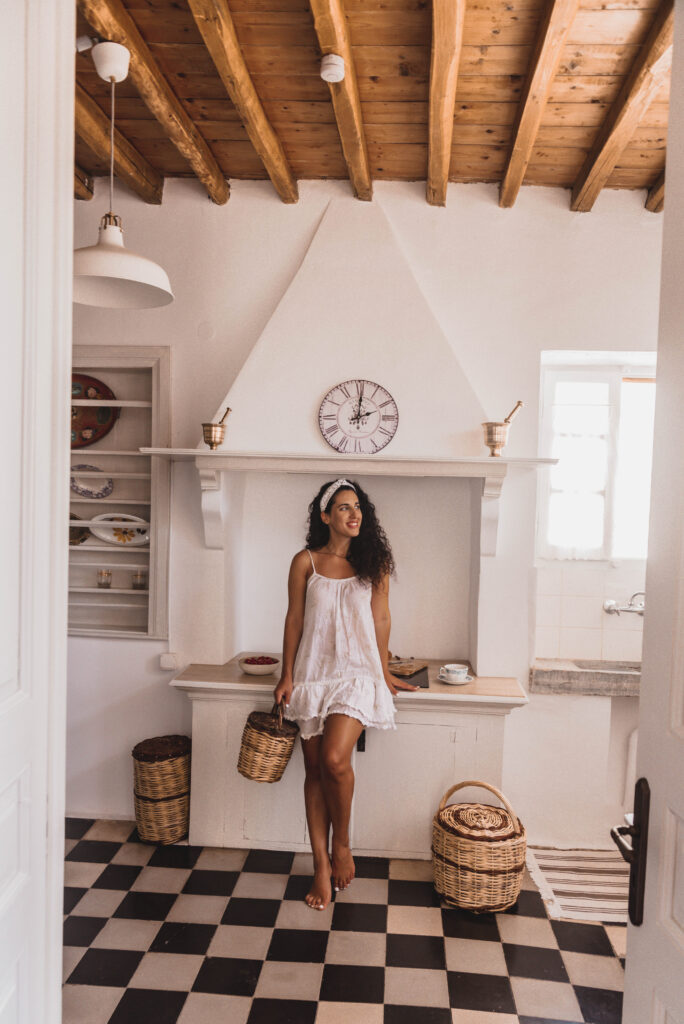The dreamy landscape of this almost untouched Cycladic island is composed of rugged hills, historic mining sites, breathtaking coves, picturesque settlements, classic Greek island architecture, and endless beaches. Discover our Complete Guide to Serifos.
Simple, authentic, and majestic. The wild beauty of Serifos will fill your soul, relax your mind, and steal your heart. Discover why this is one of the Cyclades’ best-kept secrets.
What you need to know before you arrive
-Serifos is located between Sifnos and Milos.
-The post office, travel agencies, bank (Alpha Bank), ATM, gas station are in the Livadi area.
Groceries stores are in Livadi as well as in Chora.
Getting there
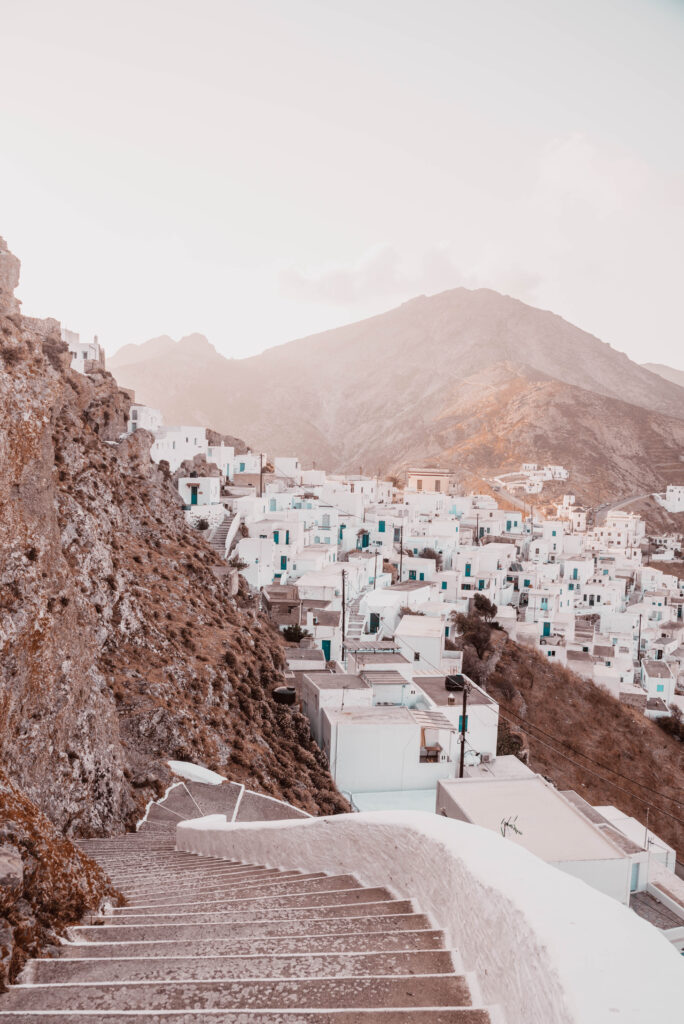
Serifos is easily accessible by ferry from Piraeus port in Athens approximately 2 hours), and from some islands of the Cyclades, including Milos, Sifnos, and Kythnos. During summer, some extra routes are carried out from Lavrion port.
Tips for getting around
It’s better to rent a car or motorcycle in order to explore the island at your own pace and visit the many beaches of Serifos. During summertime, buses leave from Livadi to Ano Chora, every thirty minutes. Timetables are usually posted at the bus stops and tickets are sold inside the bus. If you want to book a transfer by taxi, you can call on +30 694 4473 044, +30 697 3801 051, or +30 694 4908 637.
Where to stay
If you have a car, it is better to stay in the picturesque Chora of the island. Otherwise, Livadi (the island’s port) is the best option in order to have easier access to transport and it’s closer to several shops and tavernas.
Best time to visit
The best time to visit Serifos is from May to October and especially during the summer season. The busiest summer months are July and August, so if you want to skip the crowds, you may choose June or September.
Climate- Warm and mild. Winds are frequent on the island though. Chora, sitting atop a hill is pretty windy, so if you go in the evening make sure to take a jacket.
Where to sleep
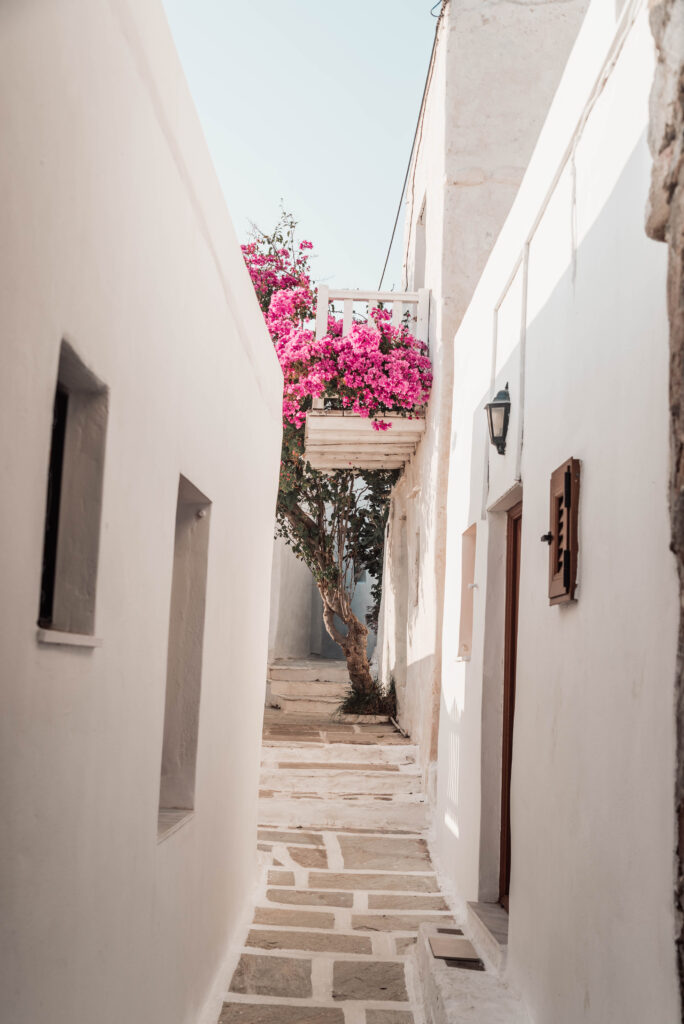
–Captain’s House Serifos, an old house of a former Greek Captain, that dates back to the 19th century, situated in Kato Chora, next to the Primary School and the Folklore Museum.
–Rizes, located on a hill above the beach at Psili Amos and just two kilometres from Livadi. It features 14 apartments and two luxury suites.
–Coco-Mat Eco Residences, on Vagia beach, is a complex of 13 miners’ houses built in the early 1900’s- now an upscale, contemporary eco-friendly place to stay.
Where to eat
-Check out Traditional Greek taverns “Plakes”, “Aloni” and “Louis” at Chora.
-Seafood by the sea at “Lepi Lepi” at Livadi.
-Traditional cafe “Stou Stratou” at Chora.
-Fish tavern “Tis Kalis” at Livadi.
-Meat tavern at “Mpakakaki” at Livadi.
-Modern Greek cuisine at “Metalleio” at Livadi.
-Blue bamboo Thai restaurant at Livadi.
-For more traditional Greek taverns also add “Stefanakos” at Psilli Ammos and “Nikoulias” at Platys Gyalos to your list.
What to eat

-Marathokeftedes (wild fennel fried balls)
-Myzithra cheese (usually accompanies choriatiki salad)
-Mastello (slow-cooked goat)
-Revythada (chickpea soup, baked in the oven)-
-Fava (yellow split pea puree)
-Syglino (traditional cured pork)
Where to drink
–Vatrahos, Gaidaros, and Aerino at Chora are all great choices.
Where to swim
–Agios Sostis with its soft sand. Next to the beach, there is a small chapel with the same name.
–Psilli Ammos, ideal spot to relax.
–Agios Ioannis, reminds me a lot of Psili Ammos.
–Platys Gyalos, a sandy beach with no tourist facilities.
–Sykamia, a beach away from mass tourism, ideal if you want privacy.
–Livadakia among the most picturesque beaches on the island.
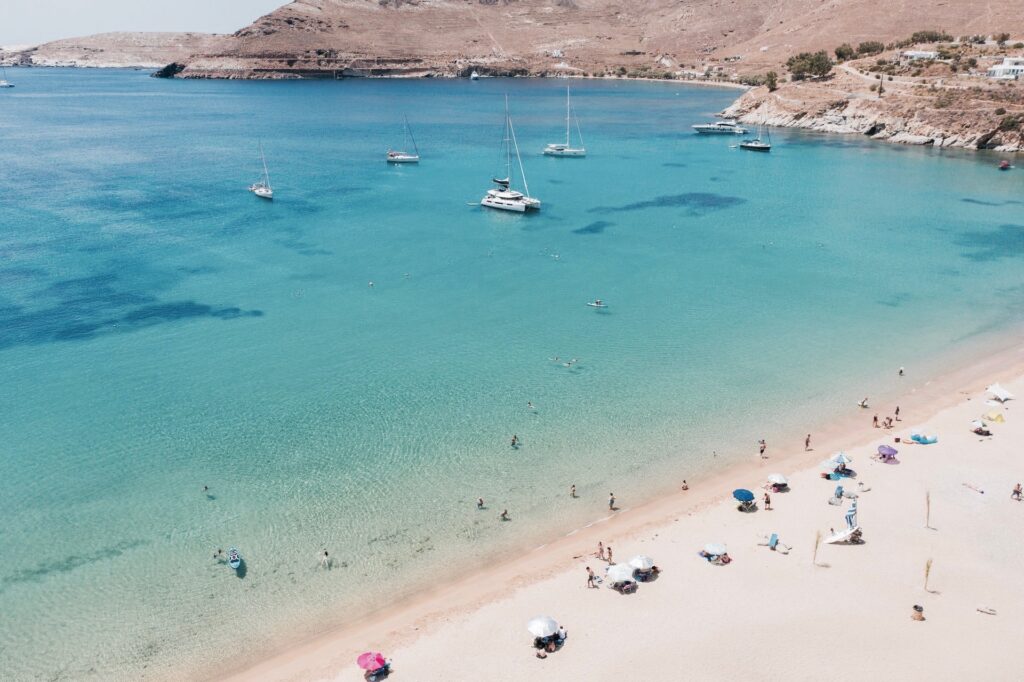
–Karavi, located after Livadakia with sand and crystal clear water. Two old shipwrecks found at the entrance to the bay is what gives the beaches their name.
–Kalo Ampeli, one of the quietest southern beaches on Serifos.
–Vagia, a secluded beach on the southern side of Serifos.
–Ganema, a sandy beach with crystal clear waters on Koutalas Bay.
–Koutalas, with some trees that provide shade.
– Malliadiko, one of the most famous beaches of Serifos, with soft sand and transparent deep blue water.
Discover history
-According to mythology, Serifos was inhabited by the Cyclops, who is said to have built several of the monuments on the island, such as the White Tower and the Walls of Liomandras.
-Moreover, Akrisios, the King of Argos, was told by an oracle that his grandson would be responsible for his downfall, so he locked his daughter Danae in the palace. In spite of this precaution, Zeus, who was in love with Danae, managed to leave her with a child by appearing in the form of golden rain. Once Danae gave birth to her son Perseas, Akrisios put both of them into a box and threw it into the sea.
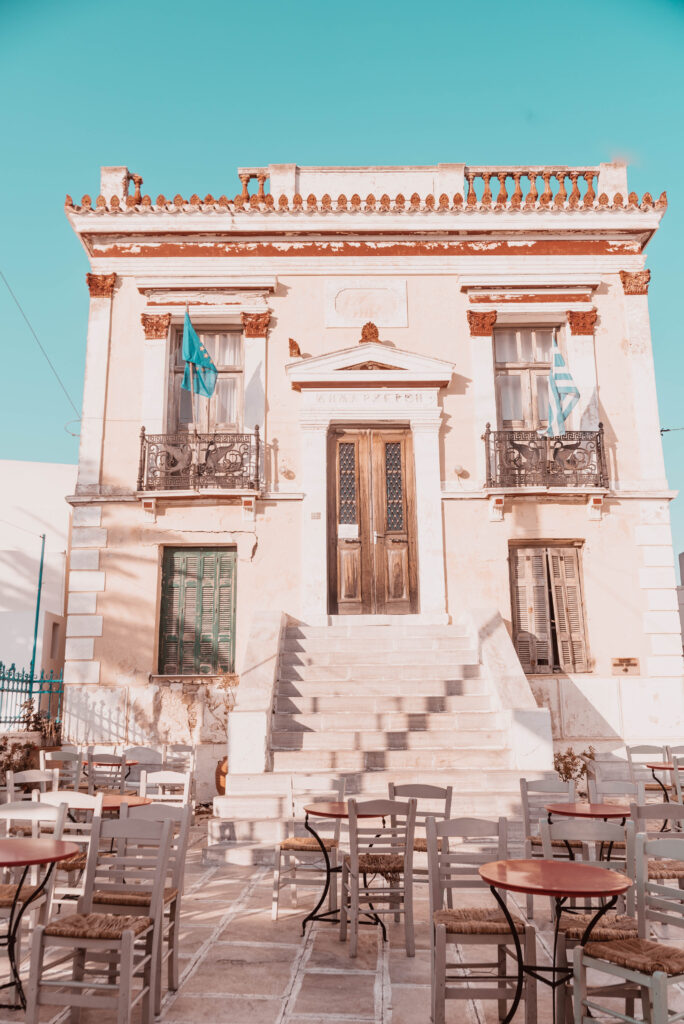
-The box washed up on the shores of Serifos and was found by King Polydektis, who also fell in love with Danae. Wanting to get rid of Perseas, Polydektis sent him to kill Medusa, the mythological creature who turned people into stone by looking at them. With the help of the god, Perseas killed the monster. Athena gave him a shield with which he could reflect Medusa’s gaze and successfully attack her. Returning with the head of Medusa, Perseas turned Polydektis into stone.
-During the Prehistoric Times, tribes from Crete lived on the island. Phoenicians and Myceneans followed. In the 7th – 6th century BC, the Ionians used the iron on Serifos to become a great commercial and political center. During the period of the Persian Wars, Serifos was part of the Athenian Alliance. In 146 BC, Serifos came under Roman Rule and was used as a place of exile for those who were against the Romans. In the Byzantine Era, the island was used as a place of exile for political dissidents, while during the Venetian Rule, Serifos flourished commercially, because of the slaves that were brought to work in the iron mines. The Ottoman Rule was a time of great decline. Serifos took part in the Greek Revolution and was liberated along with the other Cyclades Islands in 1830. From then on, iron mining played a major role in the island’s economy, while agriculture, fishing, and tourism were also important factors in Serifos’ survival.
Culture & traditions of Serifos
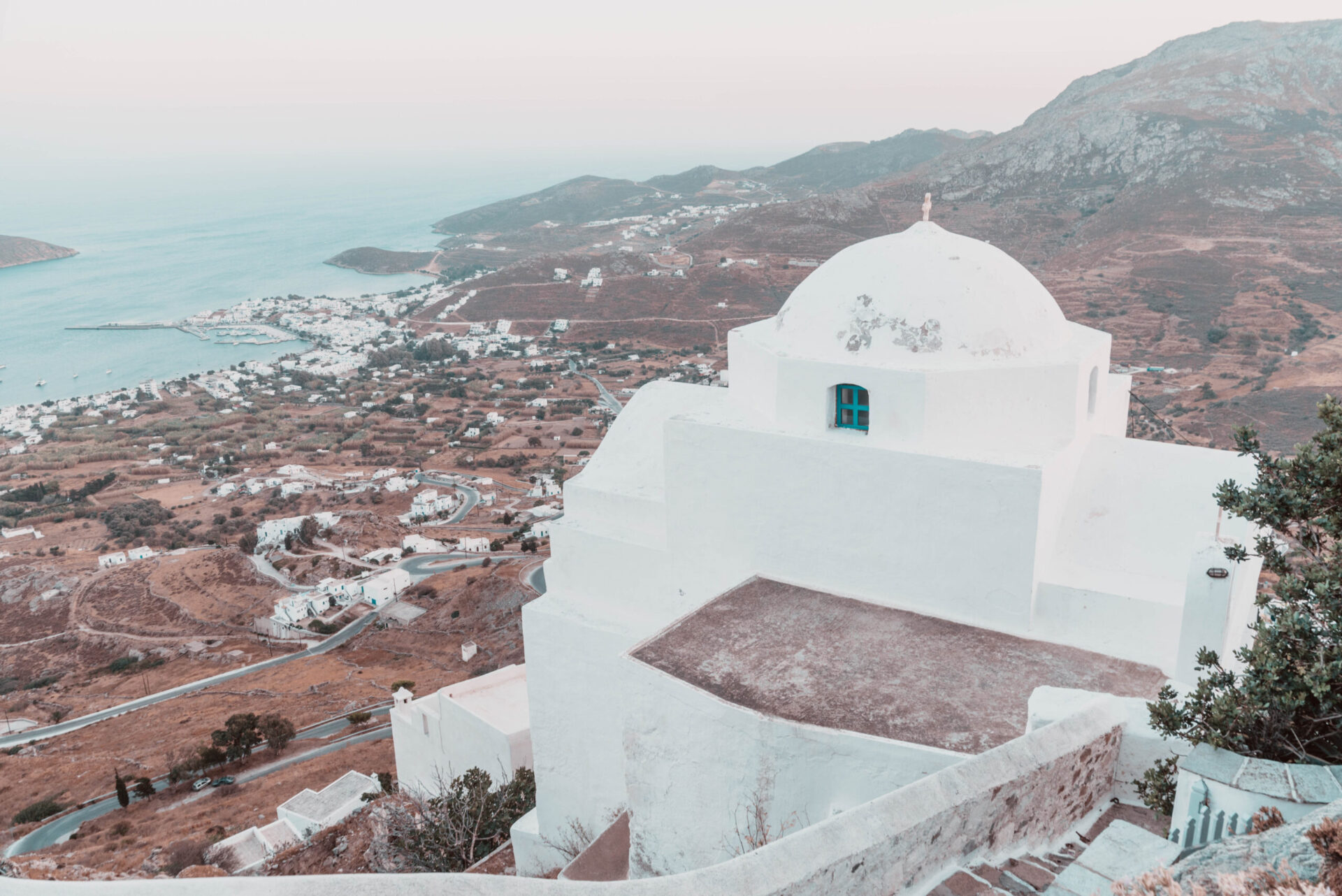
-Rich and well-organised festivals by locals, the “Ktitores” (owners) as they are called in Serifos are festive events that are held by each church. The “ktitores” will serve guests the delicacies that they have been preparing all day long such as boiled goat with spaghetti, fava, salads, and local wine.
–Xylopanagia is the most important festival in Serifos. Its name comes from the “tsakomata” (fighting) with wooden sticks between men; for winning the heart of the most beautiful woman. The festival takes place on the 15th of August, around the old olive tree of the square at the most ancient church of Serifos, in the village of Panagia. According to the tradition, the couple that dances first around the olive tree in front of the church will be married within a year. Today this custom does not take place anymore, however, the festival is still one of the most important on the island, and all the locals celebrate it every year.
-Another important festival is that of Panagia of Liomantra, near the small homonymous settlement, which takes place four times per year.
Do as locals do…For breakfast, coffee, or a cocktail at night, go to the Yacht Club, an “all-day-every-day” place to be and the local’s favourite, since 1938.
Insider tips- Cars cannot go all the way up to Chora, and much of it is paved footpaths, so luggage and baby prams would need to be carried up and down.
Ideal time to spend here? I would recommend staying here for at least three days.
Favorite part?
Having a slow morning, and eating breakfast at kafeneio “Stou Stratou” in the main square of Chora, while admiring the neoclassical facade of the Town Hall and church. You will find a menu full of poetry.
What to avoid? Climbing the steps from Livadi or Kato Chora to Ano Chora, before the evening, as it is extremely hot. Try it only early in the morning or late in the evening.
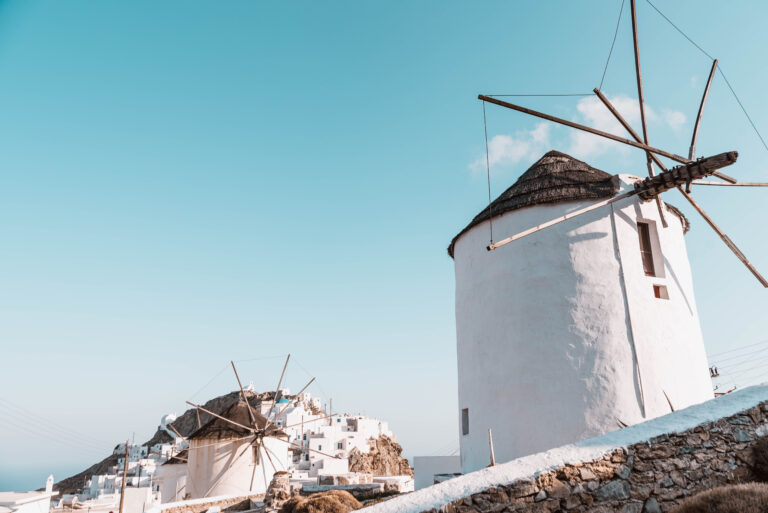
Top activities
Hiking- You will find endless trails everywhere on the island, but do not forget to wear comfortable shoes and a hat.
Scuba Diving- Serifos Scuba Divers Club, located in Livadi, offers a dive into the crystal-clear waters of Serifos.
Windsurf and Kitesurf-The bay of Livadi (beaches of Livadakia and Avlomonas), the bay of Koutalas, and the beaches of Ganema and Vagia, are ideal for these water sports.
Every September Serifos Sunset Race is held and attracts runners and swimmers of all ages.
Where to shop
-Kerameio, a high aesthetic pottery studio, and shop. Here you can find handmade ceramics by local or other Greek artists.
-Charisma gift shop in Chora sells unique and contemporary Greek gifts inspired by local traditions and symbols.
-Theta concept store in Livadi showcases a mix & match of collections made by their artists, jewellery, design objects, coffee table books, etc.
What to see
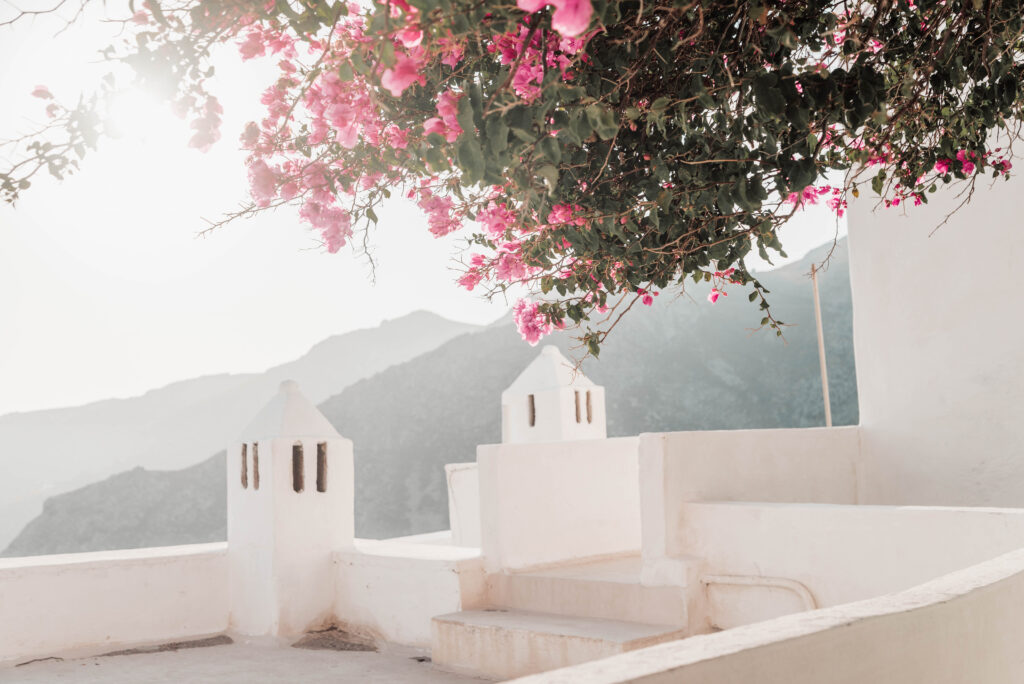
–The Folklore Museum, housed in a building of traditional architecture at Kato Chora (founded in 1976), contains articles (most of which donations of the residents) from the daily life of the Serifians. The museum also contains textiles, ceramics, porcelains, utensils and tools, local traditional clothes, and other objects, while there is also the reconstruction of a traditional Serifian house. Behind the Folklore Museum, there is a small theatre with a capacity for 300 people, where several cultural events take place.
–The Archaeological Collection of Serifos, situated at the Mills’ square in Chora, contains findings of the Classic, the Hellenistic, and the Roman Era that came from various areas of the island. Some of the most important exhibits of the museum are a series of headless statues and a collection of amphoras.
-The mining ruins at Mega Livadi and Koutalas region (the soil of Serifos is rich in ore deposits). The mines have been on the island since 3000 BC and gave such prosperity and strength to the islanders that in the 6th Century BC, they created their own currency. After the end of the Greek Revolution, in 1830, Serifos reopened its mines, which started operating on a big scale. Working conditions in the mines were very harsh and thousands of workers lost their lives in the mine galleries due to the inhuman working conditions and the lack of safety measures. The mines of Serifos have now been abandoned since 1964 when they closed. A neoclassical building, once the mining headquarters, overlooks the bay.
-The picturesque Chapel of Agios Konstantinos stands over a Venetian castle built in 1434 (and renovated in 1928), on the highest spot of Chora. It offers an amazing panoramic view of the sea and the close islands, ideal for sunrise or sunset.
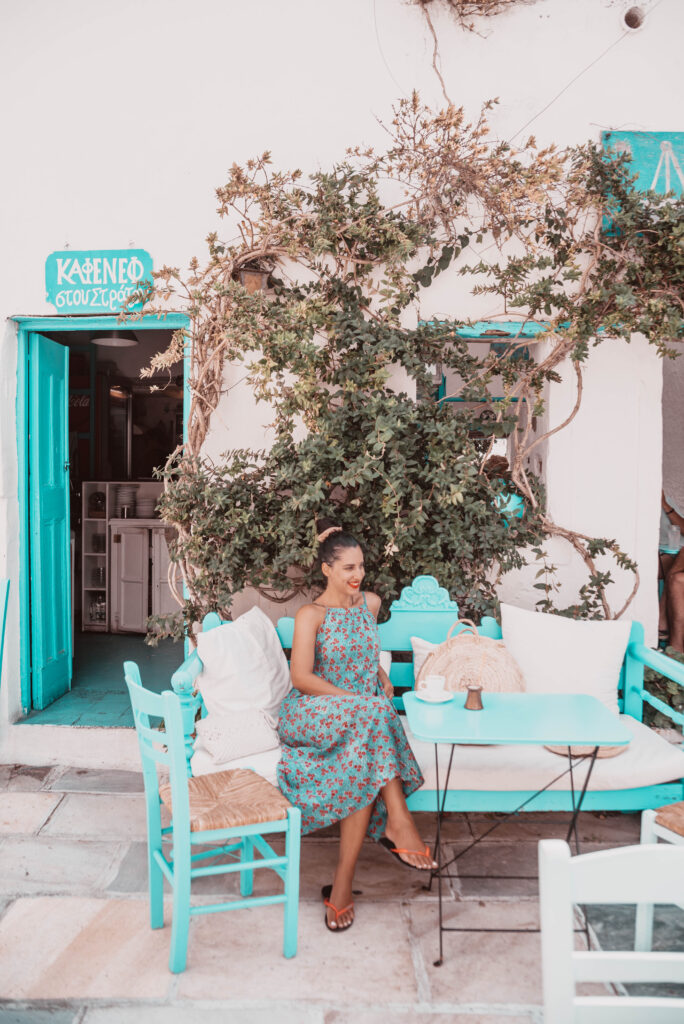
–The White Tower, an archaeological site in the Mega Livadi region, supposedly built around the 4th – 3th centuries BC. Nowadays you can admire only the remains of the walls in surroundings, still unspoiled by building development.
-The Throne of the Cyclop, or else Psathopyrgos at Mega Livadi region, a great sunset spot. The Monastery of Taxiarches at Platys Gyalos and the Lighthouse at Spathi cape with panoramic view.
Take a day trip to… Sifnos. The ferry between the two islands takes just 50 minutes, so you can easily hop on a boat in the morning and enjoy the island that owes its reputation as a foodie island to Nicholas Tselementes.
Can’t leave until you…
-Visit the Chrysoloras Winery at Platys Gyalos, where the owner and winemaker Christos Chrysoloras makes bio-certified wine with local grape variety (called Serfiotiko), which produces a unique white wine.
– Walk from Chora and take the path that goes down to Livadi. You will pass by a number of blue-domed churches and chapels- it offers breathtaking views.

